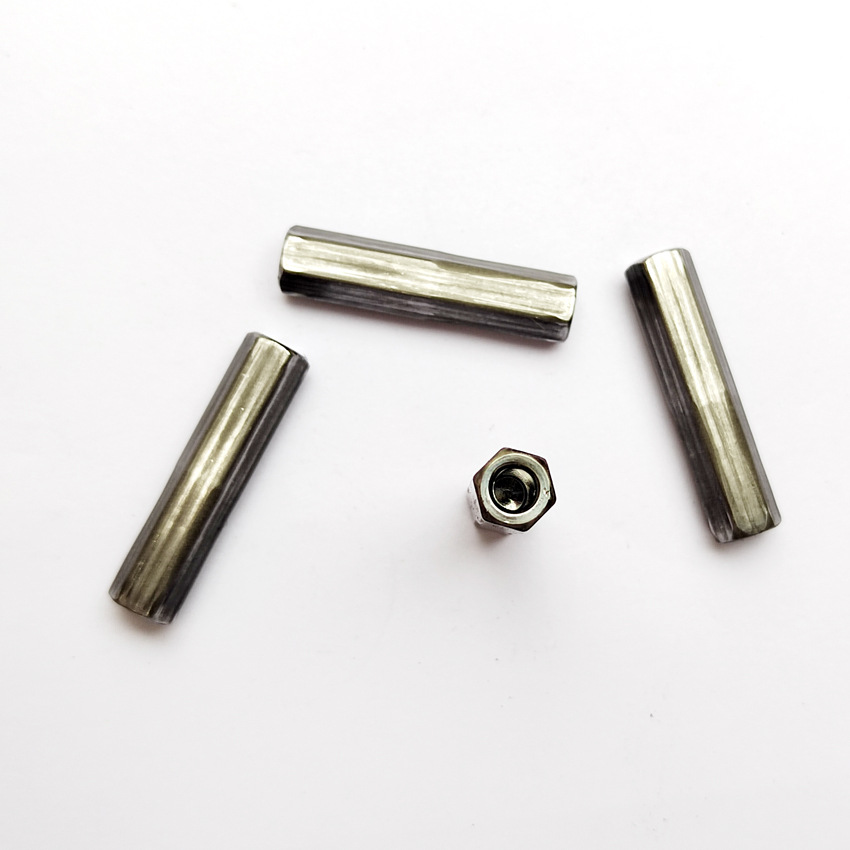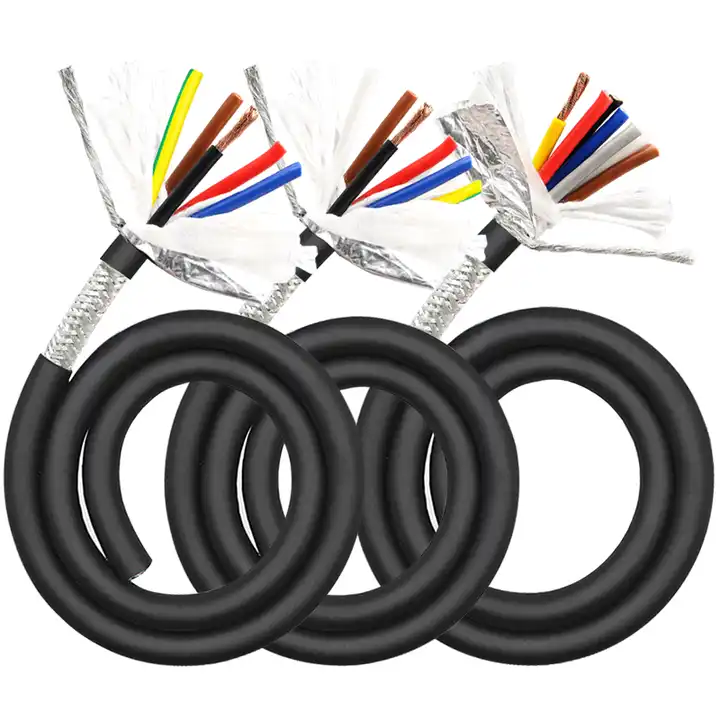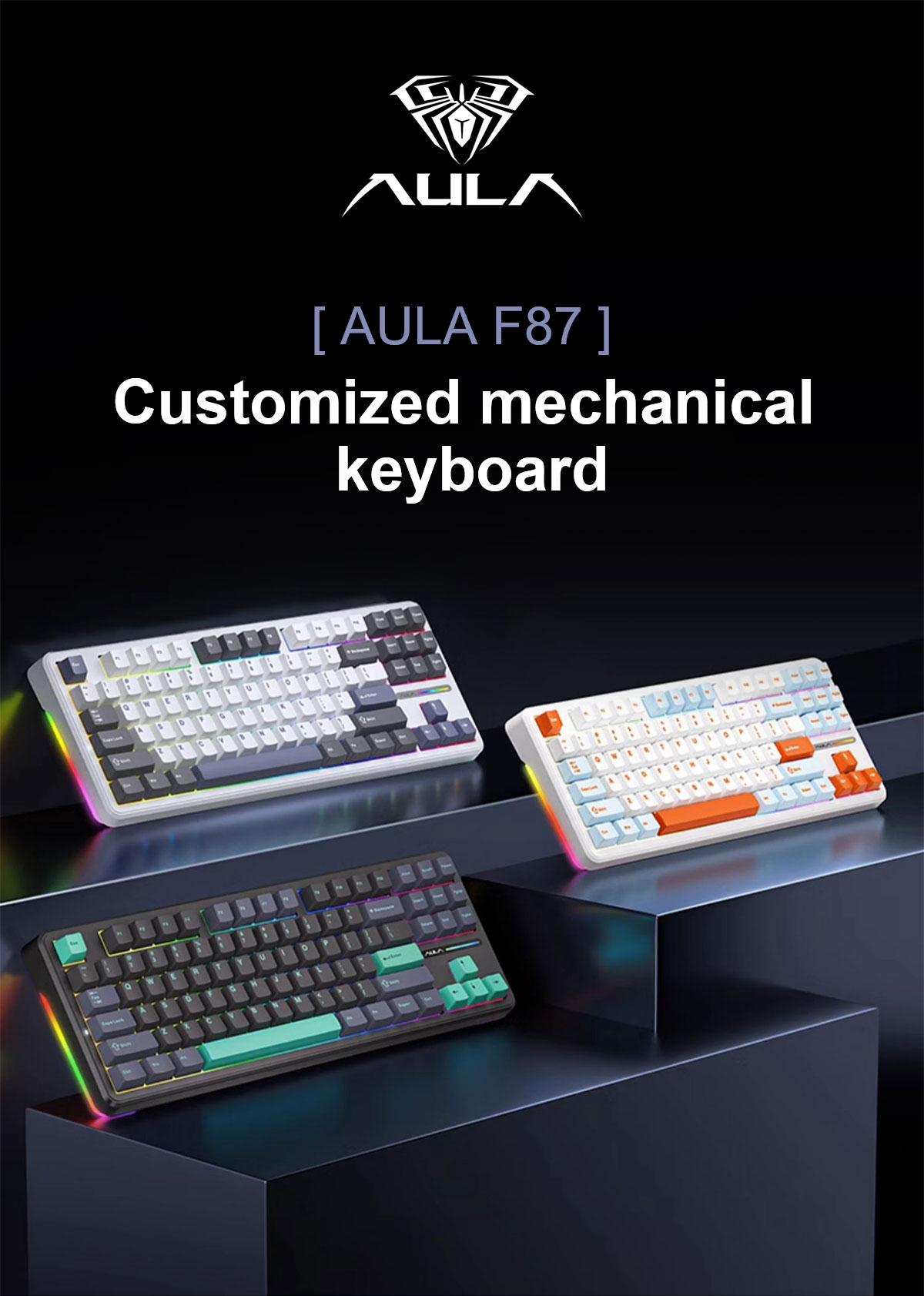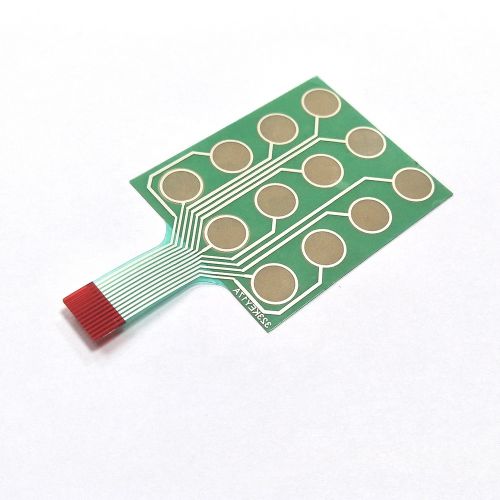What do several common ADAS functions do?After that, vehicle camera supplier Not afraid of the future, dare to fight and fight, and won applause again and again in the market. https://szdfpls.com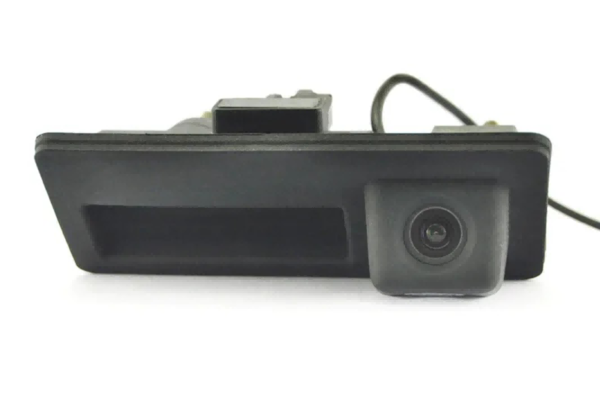
1 LKA (lane keeping assist)
LKA can help drivers keep their vehicles in lanes and reduce the risk of lane departure accidents caused by driver negligence or fatigue.
The LKA system achieves its functions by using cameras, sensors and control systems. The camera is usually installed at the front of the vehicle to capture the lane line in front of the vehicle. The sensor is responsible for monitoring the driving status and direction of the vehicle, including steering angle, vehicle speed, etc.
When the vehicle approaches the lane line during driving, the LKA system detects the position and shape of the lane line and makes a judgment based on the driving status and direction of the vehicle. If the system believes that the vehicle is about to deviate from the lane, it will help the driver guide the vehicle back to the normal lane by controlling the steering system.
2 ACC (adaptive cruise control)
The ACC system uses on-board sensors, including radar, laser radar, etc., to detect the vehicles and obstacles in front of the vehicle during driving, as well as the position and speed of the vehicle. The system can monitor the distance and speed of the vehicles and obstacles in front in real time, and automatically adjust the speed and driving trajectory according to the speed and driving status of the vehicle to maintain a safe distance from the vehicle in front.
Compared with traditional cruise control systems, adaptive cruise systems are more intelligent and flexible. Traditional cruise control systems can only drive at a preset speed and trajectory, while adaptive cruise systems can automatically adjust the speed and trajectory according to the actual situation of the vehicle and obstacles in front to maintain a safe distance.
In addition, the adaptive cruise system can also automatically adjust the vehicle¨s speed and trajectory according to the speed and driving status of the vehicle and obstacles in front to maintain the relative position with the vehicle in front. This automatic adjustment function can help drivers drive the vehicle more easily while improving driving comfort and safety.
3 FCW (forward collision warning)
The FCW system uses on-board sensors, including radar, cameras, etc., to detect the distance and relative speed between the obstacle in front of the vehicle and the vehicle. The system monitors the situation in front of the vehicle in real time. When a collision risk is detected, it will issue a warning to remind the driver to take timely measures.
The warning methods of the FCW system usually include sound warnings, vibration seats or steering wheels, etc. The level and method of the warning will vary depending on the size and specific circumstances of the collision risk. If the driver does not take timely measures, the FCW system may also automatically intervene in the vehicle¨s braking system to avoid or mitigate the collision.
Collision prevention systems are usually combined with other driver assistance technologies such as lane departure warning systems and adaptive cruise control systems to provide drivers with more comprehensive and reliable driving safety protection.
4 AEB (advanced/automatic emergency braking)
The implementation of the AEB system function requires the cooperation of multiple sensors and controllers. The sensor in front of the vehicle (such as radar, camera or laser) detects obstacles in front. If there is a risk of collision based on speed and distance analysis, the system will warn the driver through warning lights, alarm sounds, etc. If the driver does not brake after the warning, or the system determines that the driver cannot brake in time after sensing the signal, the AEB system will actively intervene and brake when the threshold is exceeded.
5 IPA (intelligent parking assist)
IPA integrates sensors, cameras and computer algorithms to realize functions such as automatic parking space identification and automatic parking.
In actual use, the driver only needs to press the start button of IPA intelligent parking assist, and the system will automatically detect the surrounding environment and find a suitable parking space. Once a suitable parking space is found, the system automatically calculates the best parking trajectory and controls the vehicle to complete automatic parking. The whole process does not require manual operation by the driver.
6 BSD (blind spot detection)
BSD mainly detects the blind spot range of the rearview mirror through two millimeter-wave radars equipped on the rear of the vehicle. When other road users are detected in the blind spot, the driver is warned to assist driving or changing lanes.
7 DFM (driver fatigue monitoring)
DFM aims to monitor the driver¨s physiological state and driving behavior, reminding the driver to rest in time when fatigued, so as to ensure driving safety.
The DFM system monitors the driver¨s physiological state in real time through various sensors, such as eye closure, head position, heart rate, etc. These data can provide clues about whether the driver is fatigued. For example, when the driver¨s eyes are closed more or the head position is not correct, this may indicate that the driver is in a state of fatigue. In addition, the DFM system also monitors the driver¨s behavior patterns, such as driving speed, braking frequency, etc. These behavior patterns can also reflect the driver¨s fatigue level. For example, when the driver slows down or brakes more frequently, this may indicate that the driver is tired.
The DFM system uses specific algorithms and models to comprehensively analyze the driver¨s physiological and behavioral characteristics to assess the driver¨s fatigue level. These algorithms and models are usually based on machine learning and artificial intelligence technologies, and can determine whether the driver is in a state of fatigue based on the driver¨s characteristic data.
8 NV (night vision)
NV can detect obstacles and pedestrians at a farther distance than ordinary visible light, which is particularly useful in night and low-light environments. By identifying these obstacles and pedestrians, the NV night vision function can provide drivers with additional warnings, allowing them to react in advance and avoid potential dangers.
NV night vision can also be combined with other ADAS technologies, such as automatic emergency braking and adaptive cruise control. When the NV night vision system detects potential dangers, it can trigger these higher-level safety systems to automatically take evasive or braking measures, thereby further enhancing driving safety.
However, NV performance is affected by many factors such as light conditions, ambient temperature, and equipment quality. Therefore, when using NVD, it is necessary to make appropriate adjustments and use it according to actual conditions.
